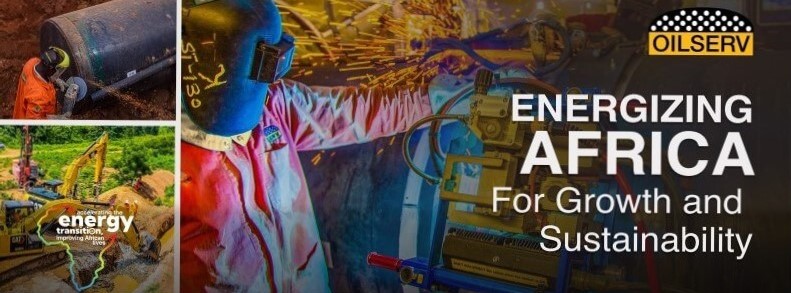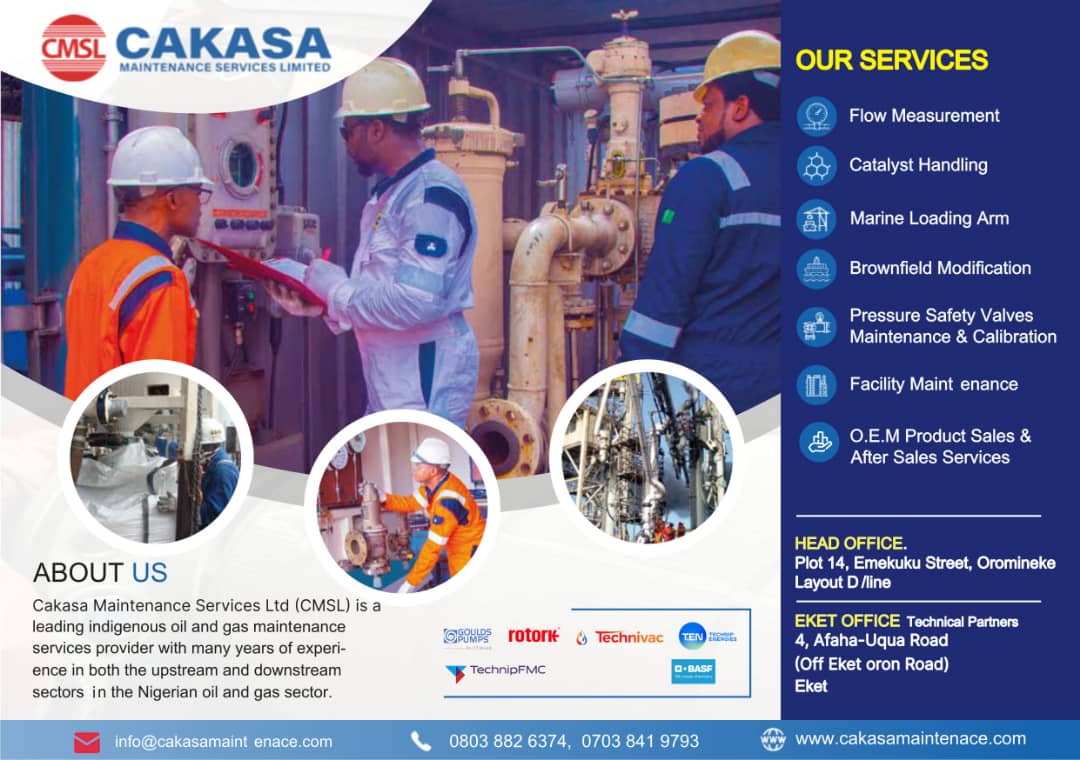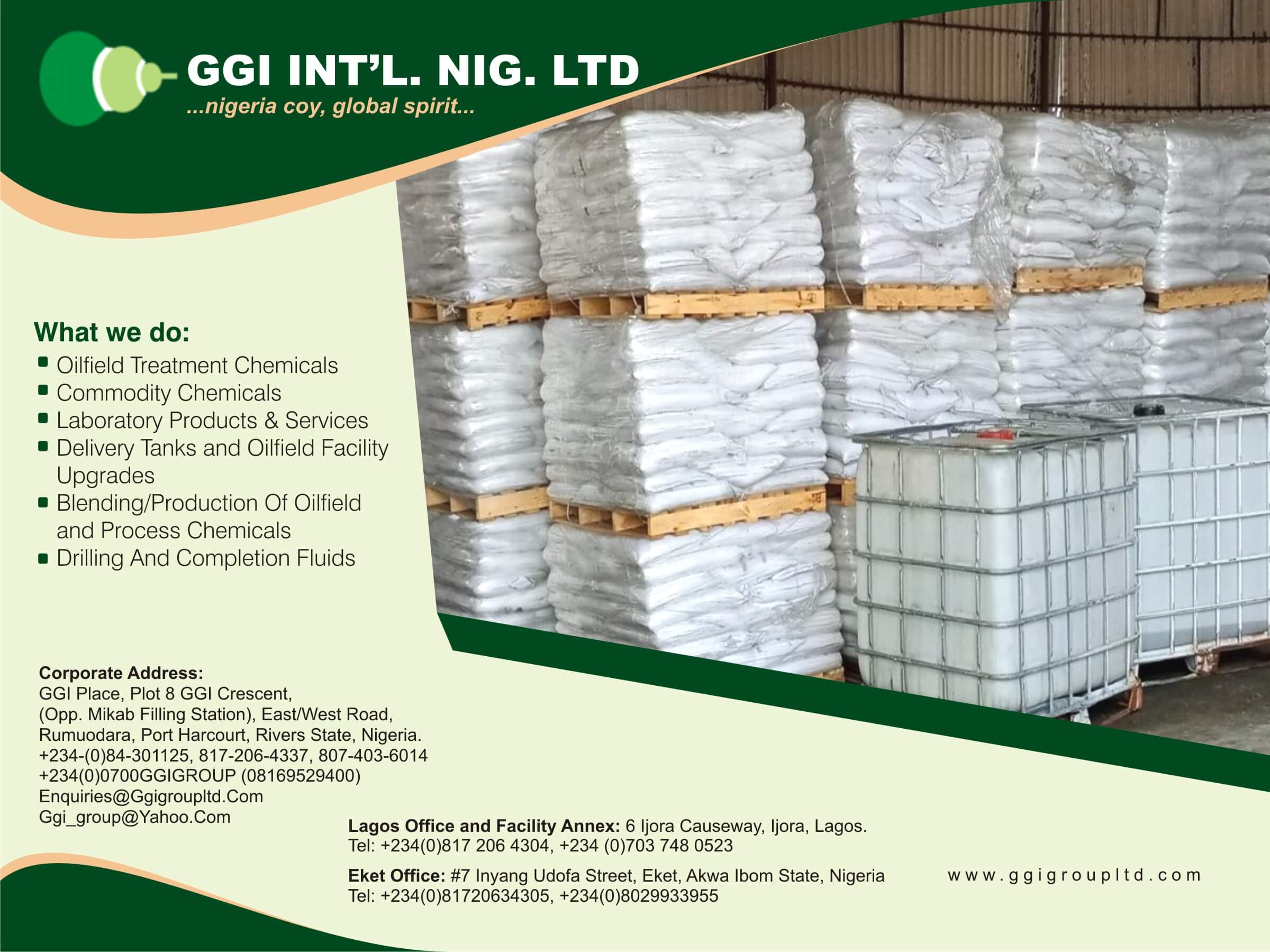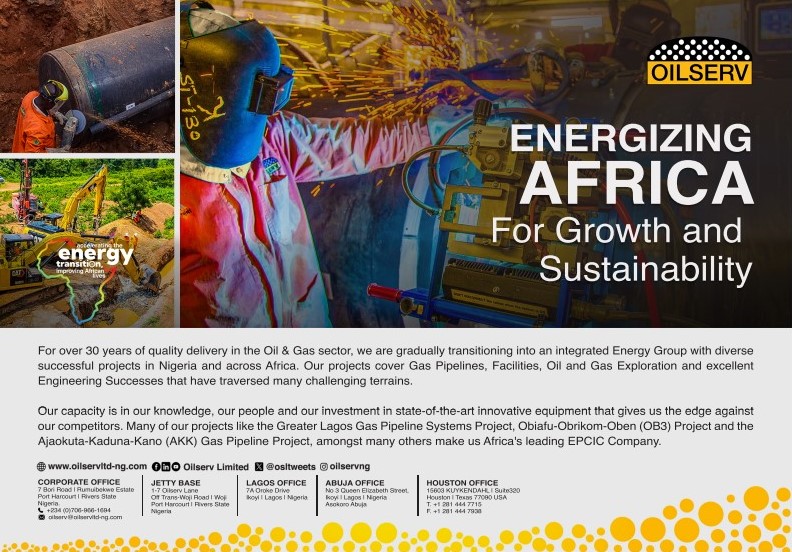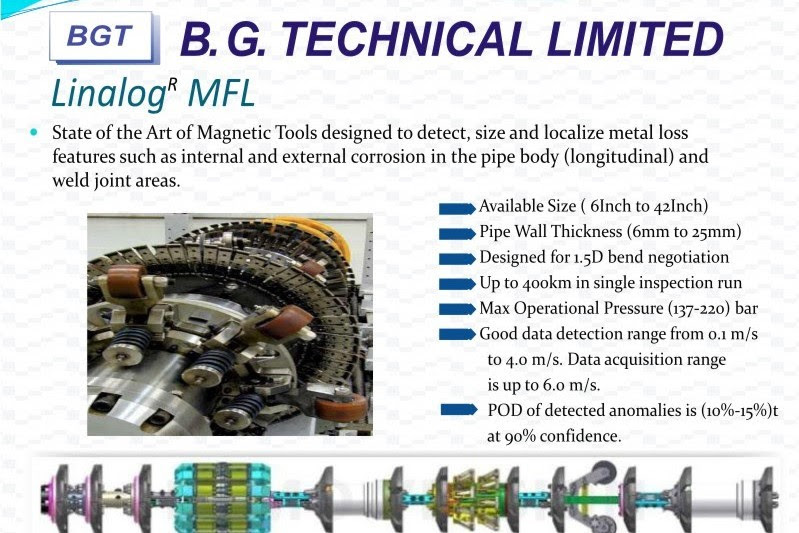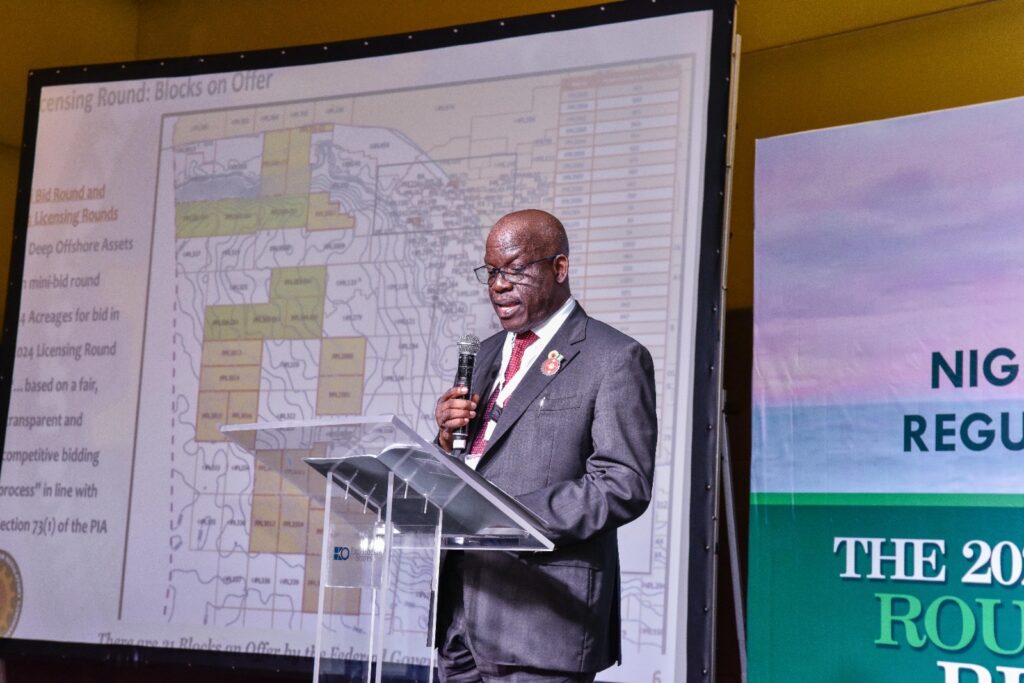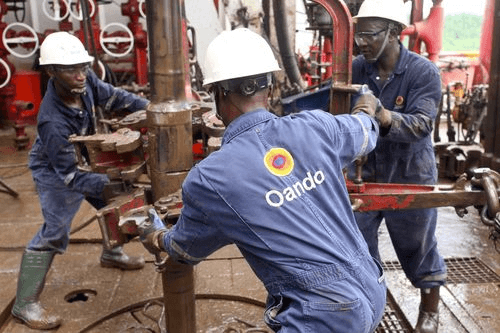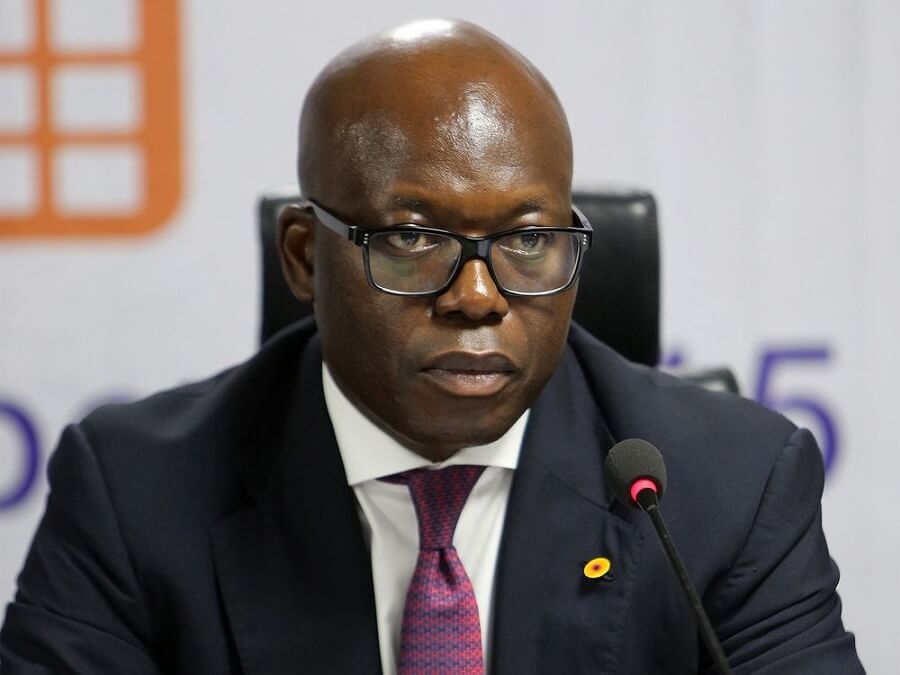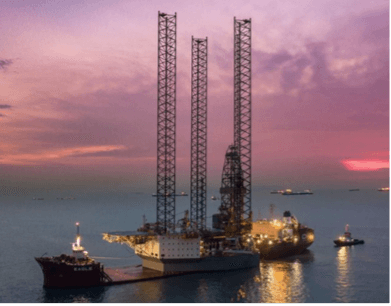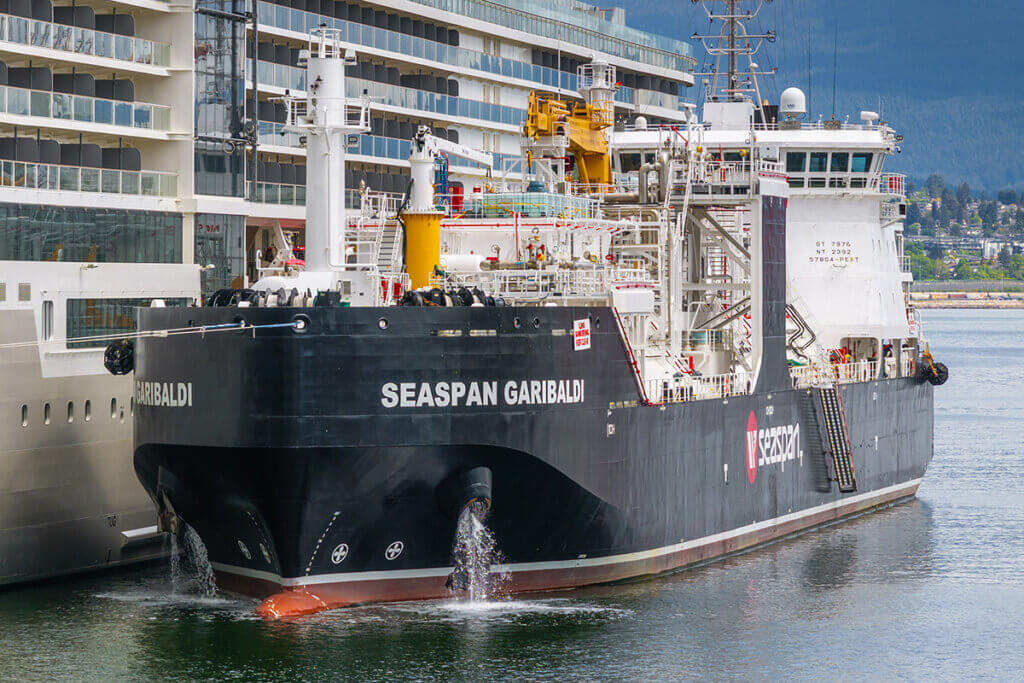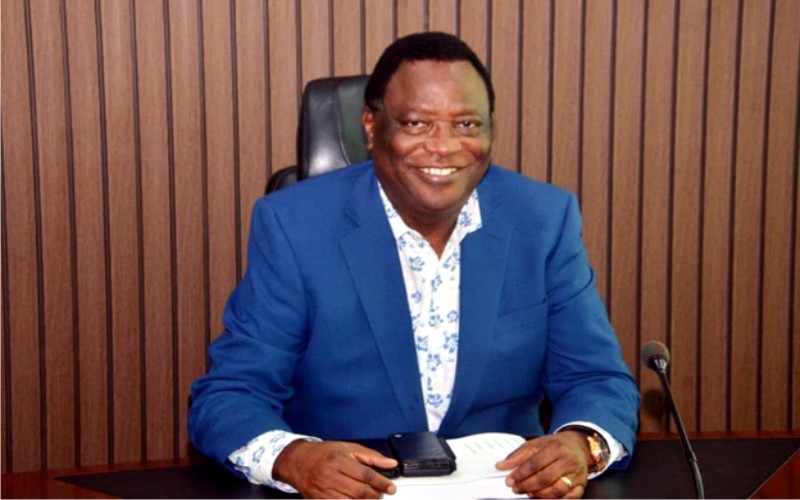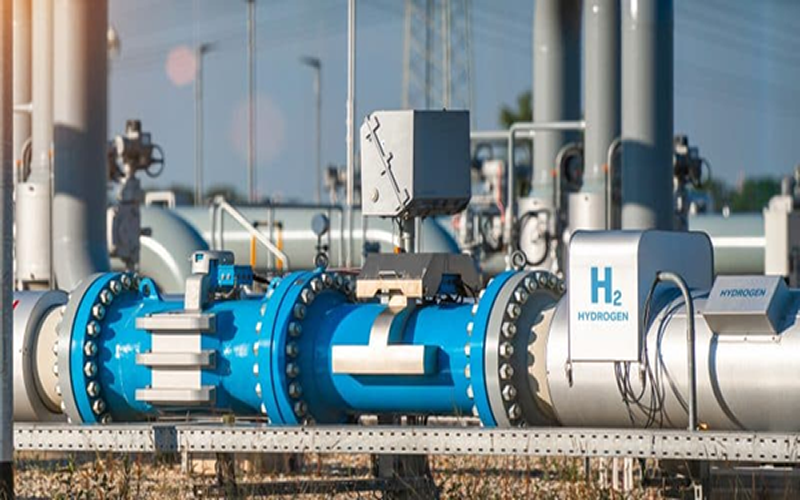
South Africa is attracting more and more investors in renewable energy industrial sector of its economy especially in the nascent green hydrogen industry and its derivatives. Hive Hydrogen, the subsidiary of UK-based Hive Energy and ACWA a Saudi Arabian renewable energy company have recently indicated investment commitment of over $16 billion in green ammonia in South Africa. This is one of the largest announced investments in South Africa’s nascent green hydrogen industry in 2022.
Hive Hydrogen intends to invest more than $6 billion over the next few years. The announcement was made by the subsidiary of the British company Hive Energy on the sidelines of the recently concluded Eastern Cape Investment Conference in the South African province.
Hive Hydrogen is making these investments in Nelson Mandela Bay, a metropolitan municipality on the shores of Algoa Bay in the Eastern Cape. The company, led by Colin Loubser, has received support from the local government. As part of the project, Hive will build renewable energy plants with a capacity of 5 000 MW.
In the same vein, Saudi Arabian independent power producer (IPP) Acwa Power has signed a framework agreement with the Industrial Development Corporation of South Africa (IDC) to produce green hydrogen and its derivatives. Acwa Power wants to invest $10 billion over the next few years in South Africa.
The framework agreement was signed virtually between the officials of the Industrial Development Corporation of South Africa (IDC) and Acwa Power. This was on the sidelines of South African President Cyril Ramaphosa’s recent official visit to Riyadh, Saudi Arabia. Although South Africa’s strategy for developing the green hydrogen industry is still being prepared by the IDC, Saudi Arabian independent power producer (IPP) Acwa Power is already planning to invest $10 billion in it over the next few years.
The $16b Ammonia Plants
On the coast, the Hive will install a plant capable of producing 900,000 tonnes of green ammonia per year. In addition to generating clean electricity for the local power grid, the London-based company plans to support the construction of a seawater desalination plant capable of meeting 50% of the needs of the Nelson Mandela Bay metropolis. Currently, the city of 1.2 million people relies on dams that struggle to meet the city’s needs due to drought.
“The green ammonia plant itself will not emit carbon dioxide and will make a significant contribution to the drive towards carbon neutrality. The renewable energy component will also add solar and wind power to the grid, helping to reduce the country’s reliance on coal and fossil fuels, allowing industries in the Bay Area to use green energy for manufacturing, packaging and processing,” says Hive. Hive Hydrogen’s investments will contribute to the creation of 20 000 direct and indirect jobs. This is a boon for the municipality of Nelson Mandela Bay, located in a province where the unemployment rate is 50% according to the local authorities. The company is planning three further phases, for an investment of £15 billion, more than $16 billion. With the construction of a new transmission line connected to South Africa’s power backbone, Hive is aiming for an installed capacity of 10 000 MW. The electricity will be used to produce hydrogen and its derivatives, notably ammonia.
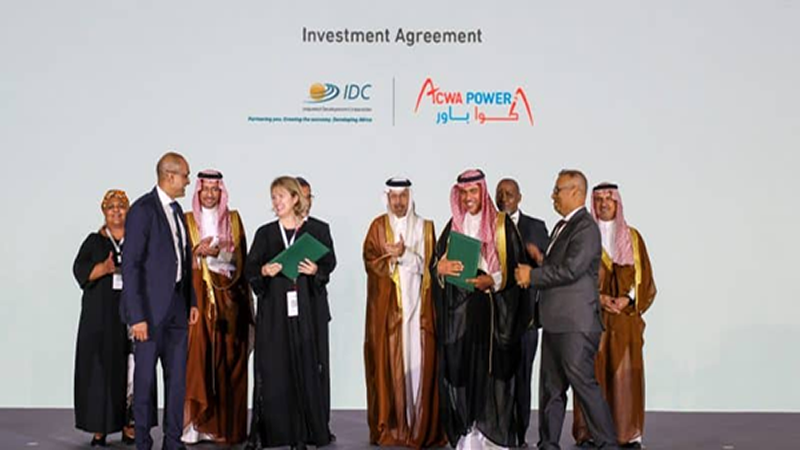
“With tangible commitments to renewable energy development in South Africa already contributing to the country’s clean energy goals, the signing of the MOU with IDC for green hydrogen development is an important step to further invest in diversifying the country’s energy mix and accelerating its green economy,” says Paddy Padmanathan, Acwa Power’s managing director and vice president.
Acwa & IDC Partnership
Acwa Power already has a number of renewable energy assets in operation and under development in South Africa. IPP is involved in the implementation of the Renewable Energy Independent Power Producer Procurement Program (REIPPPP) through the construction of the Bokpoort and Redstone solar thermodynamic power plants with a combined capacity of 150 MWe.

The recently signed framework agreement between IDC and Acwa Power covers the joint development of green hydrogen projects in South Africa. IDC will also act as a financial partner for projects developed by Acwa Power. Like other renewable energy producers, Acwa wants to diversify its activities by investing in the emerging green hydrogen industry and its derivatives.
ACWA, which also invests in desalination, has already signed agreements for the production of green hydrogen in Oman, Saudi Arabia and South Korea. South Africa thus becomes the first market for Acwa Power’s green hydrogen on the African continent.
Green hydrogen (GH2 or GH2) is hydrogen generated by renewable energy [1] or from low-carbon power.[2] Green hydrogen has significantly lower carbon emissions than grey hydrogen, which is produced by steam reforming of natural gas, which makes up the bulk of the hydrogen market. Green hydrogen produced by the electrolysis of water is less than 0.1% of total hydrogen production.[3] It may be used to decarbonize sectors which are hard to electrify, such as steel and cement production, and thus help to limit climate change.
The high cost of production is the main factor behind the low use of green hydrogen. Nonetheless, the hydrogen market is expected to grow, with some forecasts of the cost of hydrogen production falling from $6/kg in 2015 to around $2/kg by 2025. In 2020, major European companies announced plans to switch their truck fleets to hydrogen power.
Green hydrogen can be blended into existing natural gas pipelines, and also used to produce green ammonia, the main constituent of fertilizer production. It is suggested by hydrogen industry bodies that green ammonia will be cost-competitive with ammonia produced conventionally (gray ammonia) by 2030.
